Tronic fluid level controller
KSh 1,500.00
Tronic fluid level controller
A tronic fluid level control system typically refers to an electronic device used to monitor, regulate, and maintain the fluid levels in various applications, such as water tanks, industrial reservoirs, or vehicle systems. It ensures that fluid levels remain within specified ranges, preventing overflow, dry running, or damage to equipment.
Key Components
- Sensors
- Float Sensors
- Capacitive Sensors
- Ultrasonic Sensors
- Conductive Sensors
- Pressure Sensors
- Controller Unit
- Actuators
- Power Supply
- Indicators/Displays
Working Principle
- Detection
- Comparison
- Action
- Feedback
Applications
- Industrial
- Domestic
- Automotive:
- Agriculture
- Medical
Advantages
- Reduces manual monitoring.
- Prevents wastage of fluids due to overflow.
- Increases system efficiency and longevity by avoiding dry running of pumps.
- Enhances safety in industrial applications by preventing system failures.

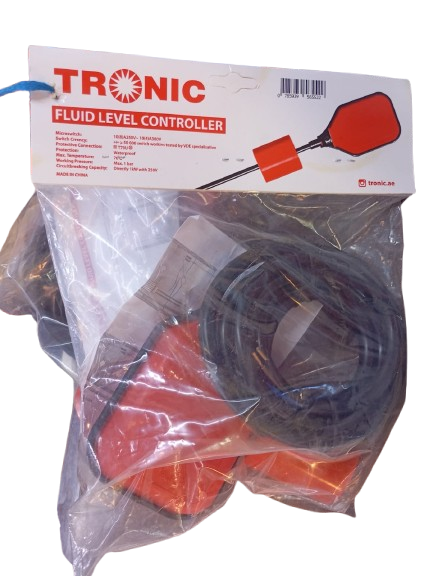
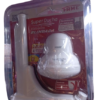
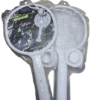
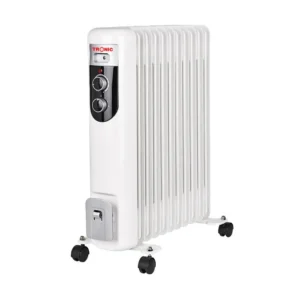
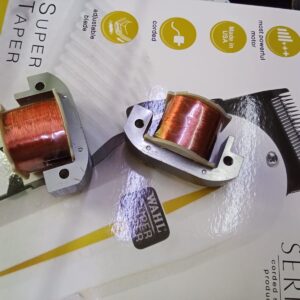


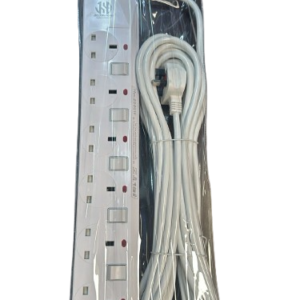
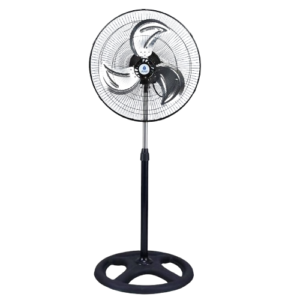

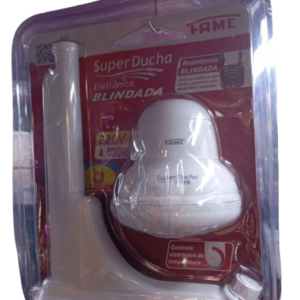
Reviews
There are no reviews yet.